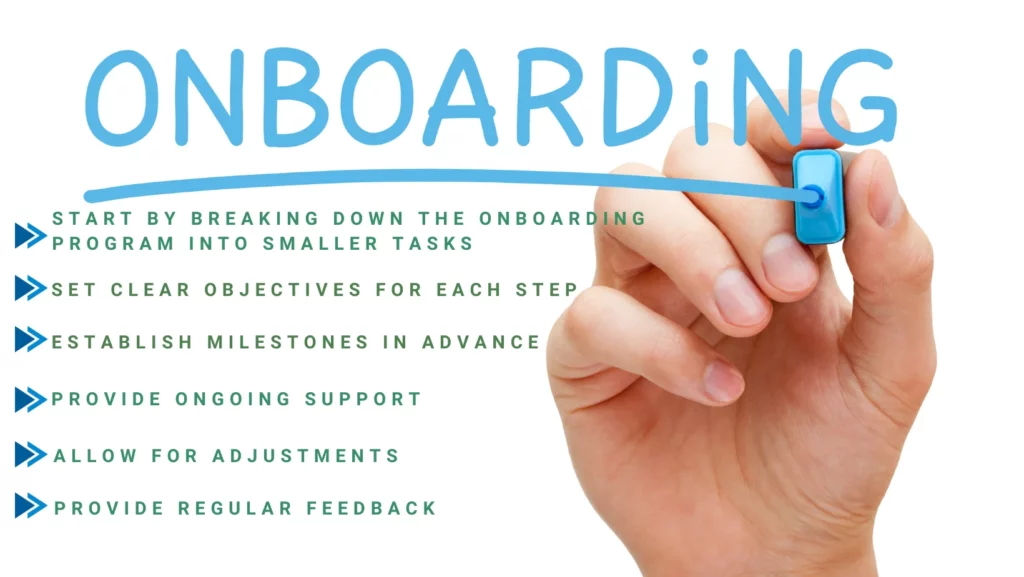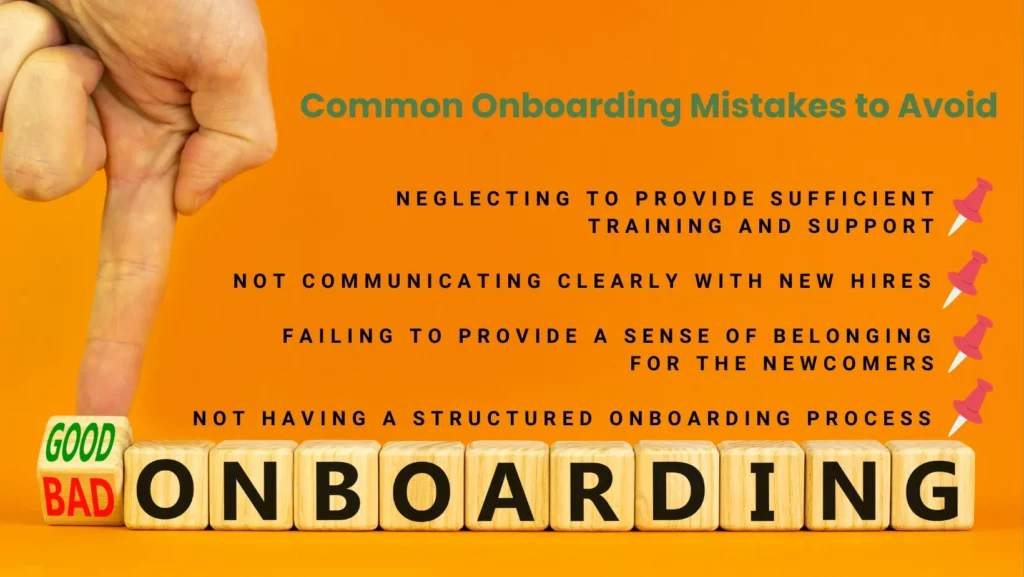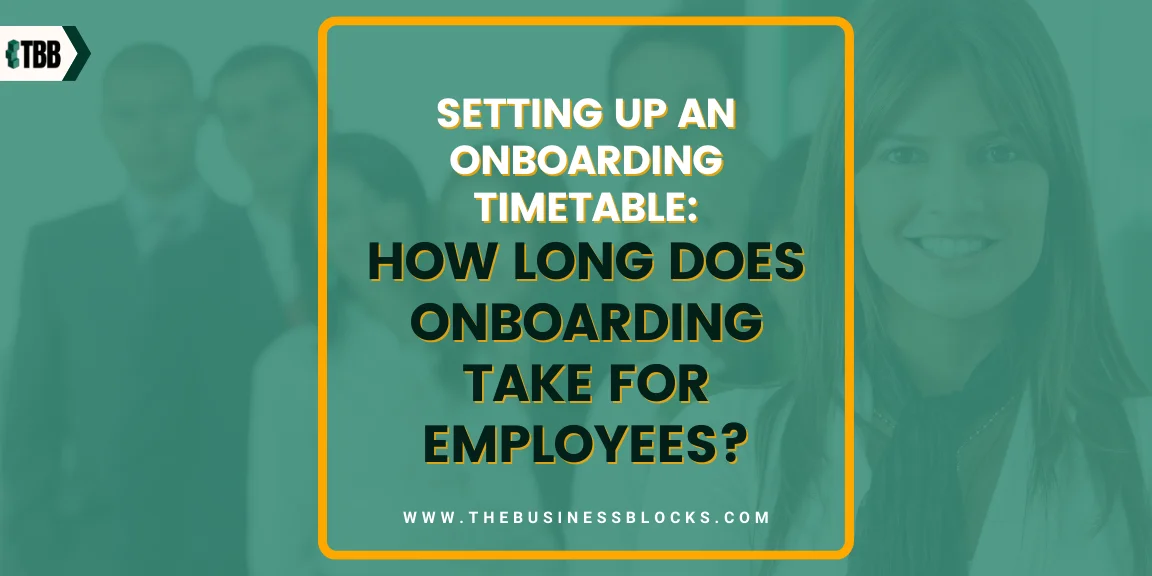Onboarding new employees is an important process in any company. It ensures that each member of the team has proper training and knowledge on how to be successful in their role. A big question many employers have, though, is: how long does onboarding take? Is it an overnight process or something more involved?
In this article, we’ll explore what goes into setting up an effective onboarding timetable and break down some common tasks associated with employee onboarding as well as areas you may want to focus on for optimization and automation.
Table of contents
- Struggling to manage new hires?
- Why Is Onboarding Essential for Your Company and Employees?
- What Does the Typical Onboarding Process Look Like?
- How to Develop an Effective Onboarding Plan?
- How Long Should Each Step of the Onboarding Process Take?
- Tips on Setting Up an Effective Onboarding Timetable
- Establishing Effective Support Systems for New Employees
- Analyzing the Success of Your Long-term Onboarding Strategy
- Common Onboarding Mistakes to Avoid
- Frequently Asked Questions About Setting Up an Onboarding Timetable: How Long Does Onboarding Take for Employees?
- Conclusion
Struggling to manage new hires?
Onboarding is a critical process that helps employees become productive quickly and successfully. It gives them the information they need to hit the ground running, which is why it’s important to create an onboarding timetable so everyone knows where they stand. With our help, you can set up a streamlined onboarding plan so your team will always know what comes next.
Our onboarding solution eliminates guesswork and provides clarity for both managers and employees alike. This ensures consistency in your processes and allows new hires to feel more connected with their job tasks as soon as possible, maximizing their potential contribution from day one!
Did you know?
- Up to 20% of employee turnover occurs during the first 45 days of work.
- A formal onboarding program can lead to 50% greater employee retention.
- Only 49% of employers provide a company overview during onboarding (CareerBuilder)
Keep reading and learn more about setting up an effective employee onboarding timetable today!
Why Is Onboarding Essential for Your Company and Employees?

Employee onboarding is a process where employers introduce new hires to their company’s culture, values, and mission. It’s a great opportunity for employees to get acquainted with the company and its people before jumping into their job roles.
Onboarding is essential for your company because it helps ensure that everyone on the team has the same understanding of the company’s vision and how they can contribute. It can also help alleviate any confusion caused by the transition from one job to another. Additionally, it helps create a sense of camaraderie and belonging, which is key for employee retention and satisfaction.
By setting up a good onboarding process, you’ll be able to establish a strong foundation for your new hires and help them become successful in their roles much sooner. This will ultimately lead to higher productivity levels, better customer service, and an overall positive experience for everyone involved!
What Does the Typical Onboarding Process Look Like?
The Employee onboarding process and onboarding programs can vary widely depending on the company’s size and specific needs, but typically involve a few key steps:
- Introductions – Orientation to the team and company culture.
- Training – Learning about all necessary job functions.
- Documentation – Completing paperwork related to onboarding.
- Assimilation – Becoming familiar with the company’s policies and processes.
- Evaluation – Regular assessment of job performance over time.
Each step of the employee onboarding process should be carried out promptly so that your new hire can get up to speed as quickly as possible. Additionally, it’s important to provide ongoing support throughout the onboarding process, so that your employee can feel comfortable asking questions and getting help when needed.
How to Develop an Effective Onboarding Plan?

The development and onboarding program should be tailored to the specific needs of your business, which means there isn’t a one-size-fits-all approach. However, developing an effective onboarding plan should be:
- Defined – Have a clear scope and set of objectives for onboarding new hires.
- Organized – Utilize an organized, structured process that outlines each step of the onboarding program so everyone knows what to expect.
- Measurable – Establish indicators for success early on, including goals and deadlines.
- Flexible – Allow room for flexibility and adjustments if needed as the onboarding program evolves.
- Engaging – Engage new hires during every step of the onboarding process with relevant content, activities, and tasks to keep them motivated and engaged in their role.
The goal of an employee onboarding plan is to create a smooth transition into the company that allows new hires to become productive quickly. This can help reduce onboarding anxiety and make the experience more enjoyable for everyone involved.
How Long Should Each Step of the Onboarding Process Take?
Employee onboarding program timelines can vary depending on the company’s size and the complexity of the job. Typically, onboarding should take anywhere from four to eight weeks but may be shorter or longer depending on individual needs.
The important thing is to ensure that each step of the onboarding process is properly accounted for in terms of time and resources. This will help make sure everything runs smoothly and that your new hire is up to speed as quickly as possible.
Tips on Setting Up an Effective Onboarding Timetable

Hiring managers might find it difficult to figure out how long each step of the onboarding process should take. To help, here are a few tips on creating an effective onboarding timetable:
Start by breaking down the onboarding program into smaller tasks
This will make it easier to track progress and set realistic timelines for completion. Breaking down the onboarding program into smaller tasks also makes it simpler to assign responsibilities and delegate tasks to team members if needed.
Set clear objectives for each step
This will help focus the onboarding process and ensure that all necessary tasks are completed. New employee onboarding objectives should be measurable and attainable so that progress can be monitored and adjusted as needed.
Establish milestones in advance
Mark out key points along the way to track progress and celebrate accomplishments. This will help keep everyone on track and motivated to complete the onboarding process promptly.
Provide ongoing support
Make sure there is someone available to answer any questions throughout the onboarding process. From company culture to job responsibilities, this will help ensure new hires get up to speed quickly.
Allow for adjustments
It’s important to be flexible with your onboarding timetable and account for any changes in scope or objectives as the process evolves. This will help ensure that everything is completed on time and that everyone involved is kept up to date.
Provide regular feedback
Onboarding can be a long and complex process, so it’s important to provide support and regular feedback to new employees. This will help them stay engaged and make sure they understand their role in the company.
From the above guidelines, create the onboarding timeline that outlines the onboarding program and how long it should take to complete. The timeline should include specific milestones, objectives, and deadlines for each step of the process. Finally, make sure to provide regular feedback and ongoing support throughout the entire onboarding experience. This will help ensure a smooth transition from job applicant to productive employee!
Establishing Effective Support Systems for New Employees
A successful onboarding process not only includes orientations and training, it also includes providing effective support systems for the new employees. This can involve creating a buddy system where new hires have an established mentor who they can go to with questions or concerns.
In addition to assigning a mentor, companies should create resources and information that make it easy for new employees to be successful in their roles. This could include job-specific training materials, a library of frequently asked questions, and even one-on-one coaching sessions.
Finally, companies should ensure that there is always someone available to provide guidance and support for new hires throughout the onboarding process. This will help create an environment of trust and foster relationships between colleagues.
Analyzing the Success of Your Long-term Onboarding Strategy
An effective onboarding process is critical for the success of any business. To evaluate the success of your onboarding program, you should analyze key metrics such as:
- Employee satisfaction.
- Employee retention rates.
- Productivity levels.
By collecting data on these metrics over time, companies can identify areas where they need to make improvements or adjustments in their onboarding processes. This will help ensure that all new hires have a successful experience and can hit the ground running in their new roles. It is also important to measure the success of your onboarding program in terms of financial performance.
Analyzing data such as:
- Cost per hire.
- Time to hire.
- Onboarding costs.
This can help you determine if your current strategies are effective or if changes need to be made. By understanding how your onboarding program is impacting your bottom line, you can ensure that you are getting the most out of your investment.
Common Onboarding Mistakes to Avoid

The new hire onboarding process can be complex and time-consuming, but if it is not properly managed then it can lead to costly mistakes. To avoid these common pitfalls, here are some tips on what mistakes to avoid:
Neglecting to provide sufficient training and support
Providing training and support are key to ensuring a successful onboarding process as it will ensure that new hires understand their roles quickly. If this is neglected then it can cause issues down the line, from poor performance to high turnover rates.
Not communicating clearly with new hires
Communication is essential during the onboarding process, as it helps build relationships and trust between the employer and employee. If there is a lack of communication then new hires may become confused or even frustrated with their new job roles, leading to poor performance.
Failing to provide a sense of belonging for the newcomers
Employee engagement and a sense of belonging are critical to the success of any organization. Make sure to provide opportunities for new hires to build relationships with their colleagues and establish a connection to the company culture. This will help them feel valued and part of the team.
Not having a structured onboarding process.
From employee handbook reviews to role-specific training, it is important to have a structured onboarding process in place. This will ensure that all new hires receive the same information and are allowed to become productive members of the team quickly.
By avoiding these common mistakes, companies can create an effective onboarding program that will set their new employees up for success. It will also make the entire process smoother and faster, leading to higher productivity levels and greater job satisfaction.
Frequently Asked Questions About Setting Up an Onboarding Timetable: How Long Does Onboarding Take for Employees?
Q: How long onboarding take for employees?
A: Onboarding timelines can vary significantly depending on the size and scope of a company’s onboarding program. Generally, it is recommended to allow between four to eight weeks for onboarding in order to provide sufficient time for orientation, training, and evaluation.
Q: How do I ensure that my onboarding program is successful?
A: Establishing clear goals and objectives for the onboarding process is essential for success. This includes setting milestones, and deadlines, and providing regular feedback throughout the entire onboarding experience. Additionally, it is important to provide resources and support for new hires to ensure their success in their role.
Q: What are the benefits of creating an onboarding timetable?
A: Creating an onboarding timetable helps to ensure that all new hires receive the same information and are given the opportunity to become productive members of the team quickly. It also allows management to track progress and make adjustments as needed only, it can help make the entire process smoother and faster, leading to higher productivity levels and greater job satisfaction.
Conclusion
Overall, setting up a comprehensive onboarding timetable is essential for creating the best environment for new employees. It creates structure and helps employees familiarize themselves with their roles and the company’s culture as quickly as possible. Onboarding can take anywhere from days to many months depending on the company, its goals, and how much guidance is provided. Investors, executives, and business owners should make sure they are planning out a timeline that makes sense and that all members of the team know what’s expected from them.
If done correctly, onboarding can be especially helpful for new hires as they navigate unfamiliar territory in their position. Create an effective onboarding plan that works for you, and your team and keep pushing forward toward great success!

